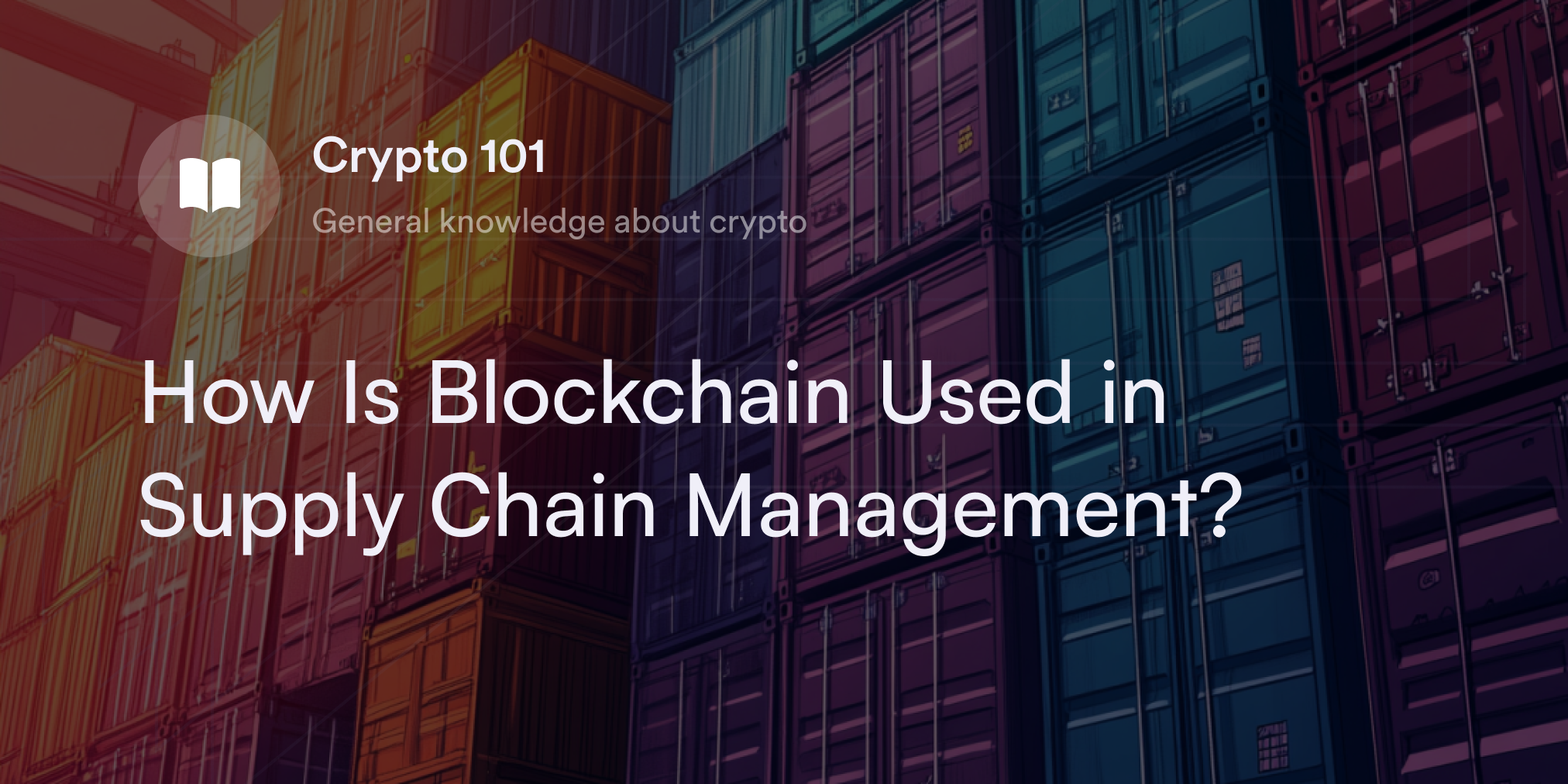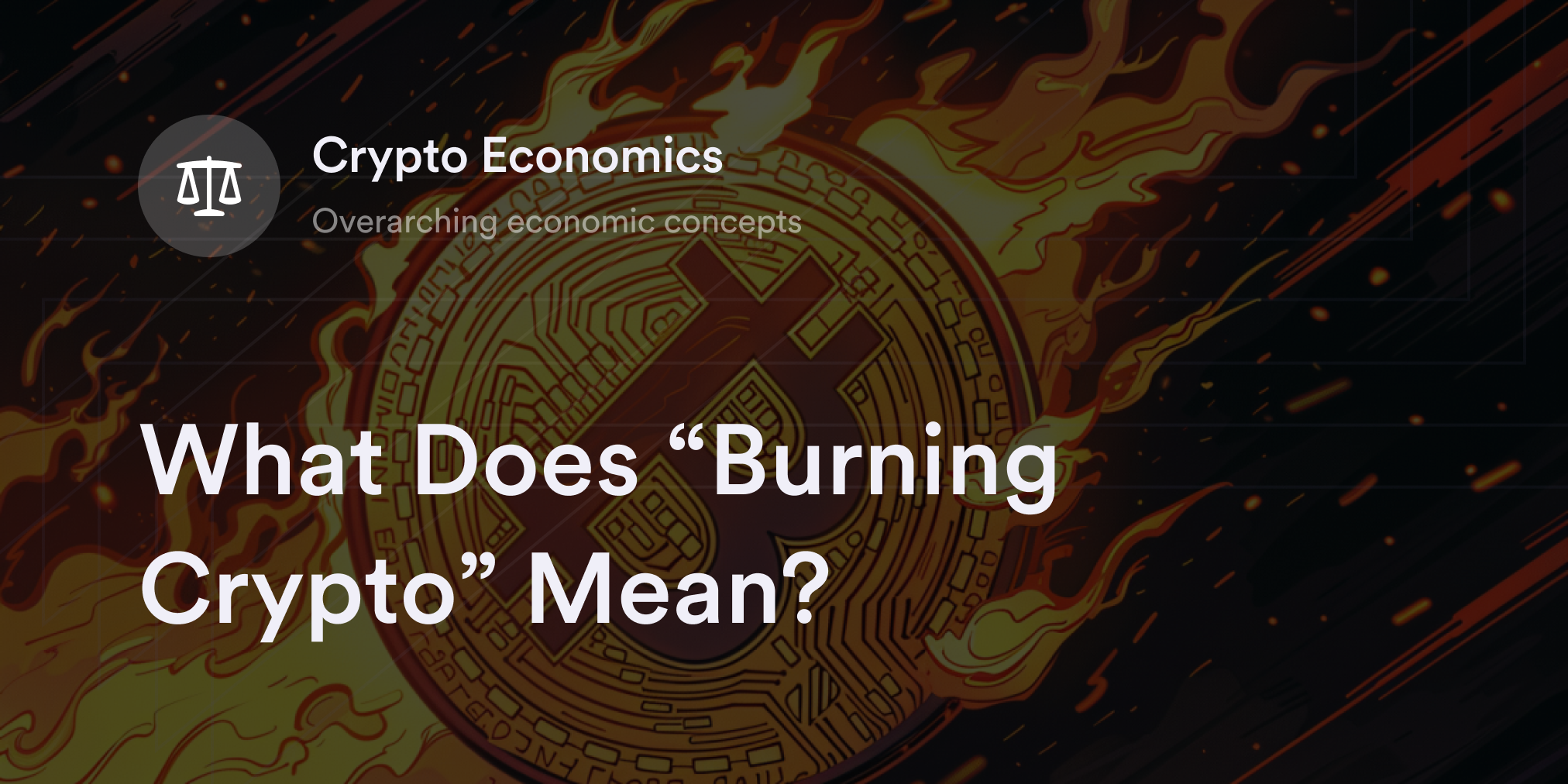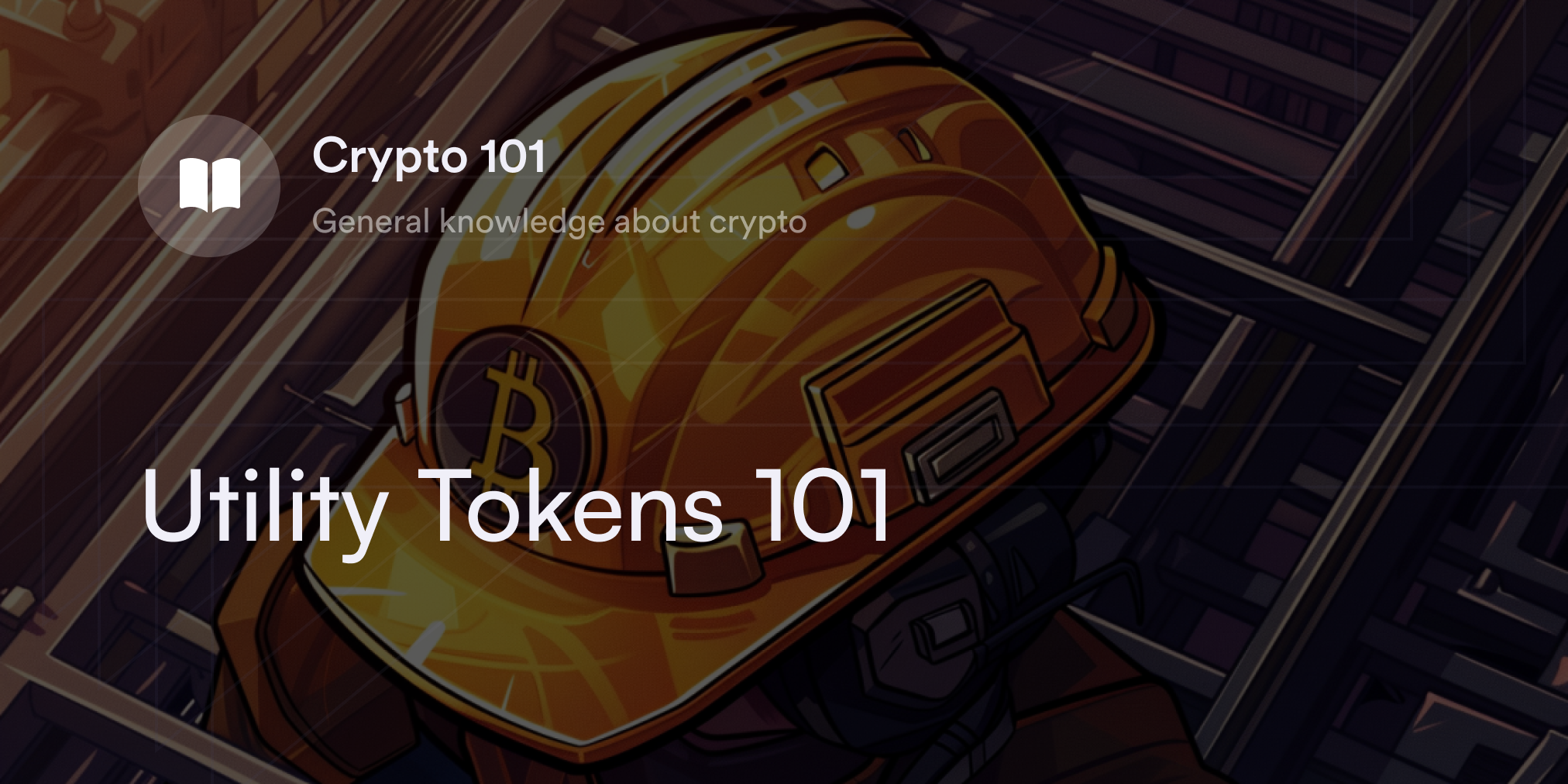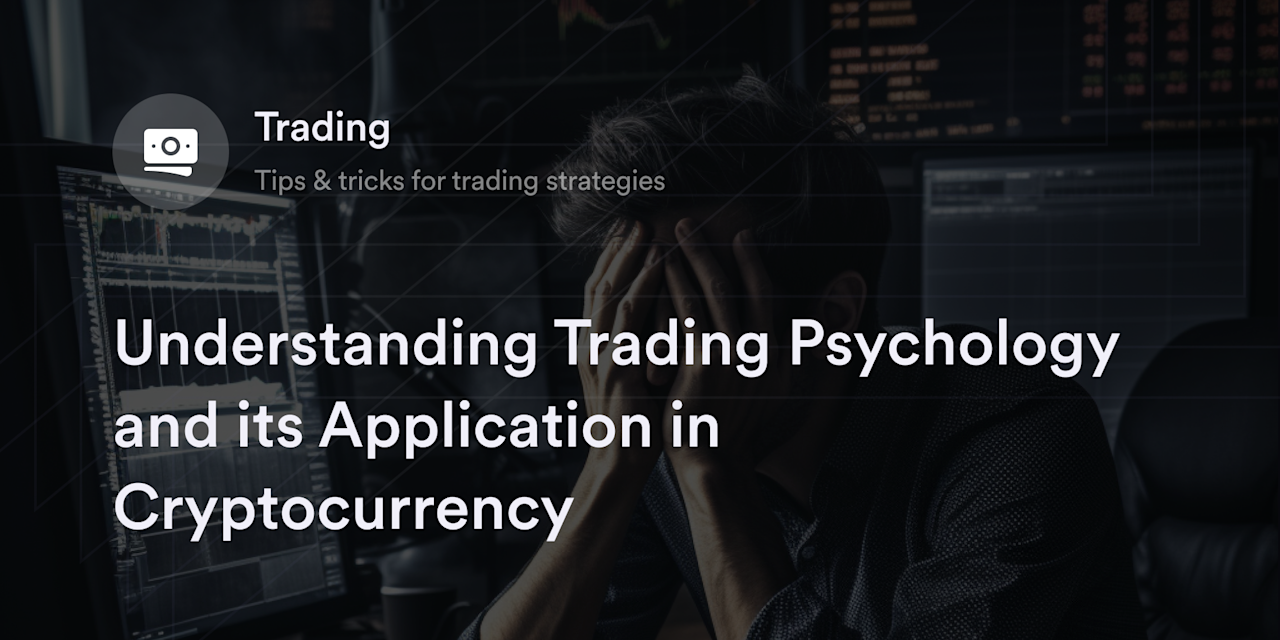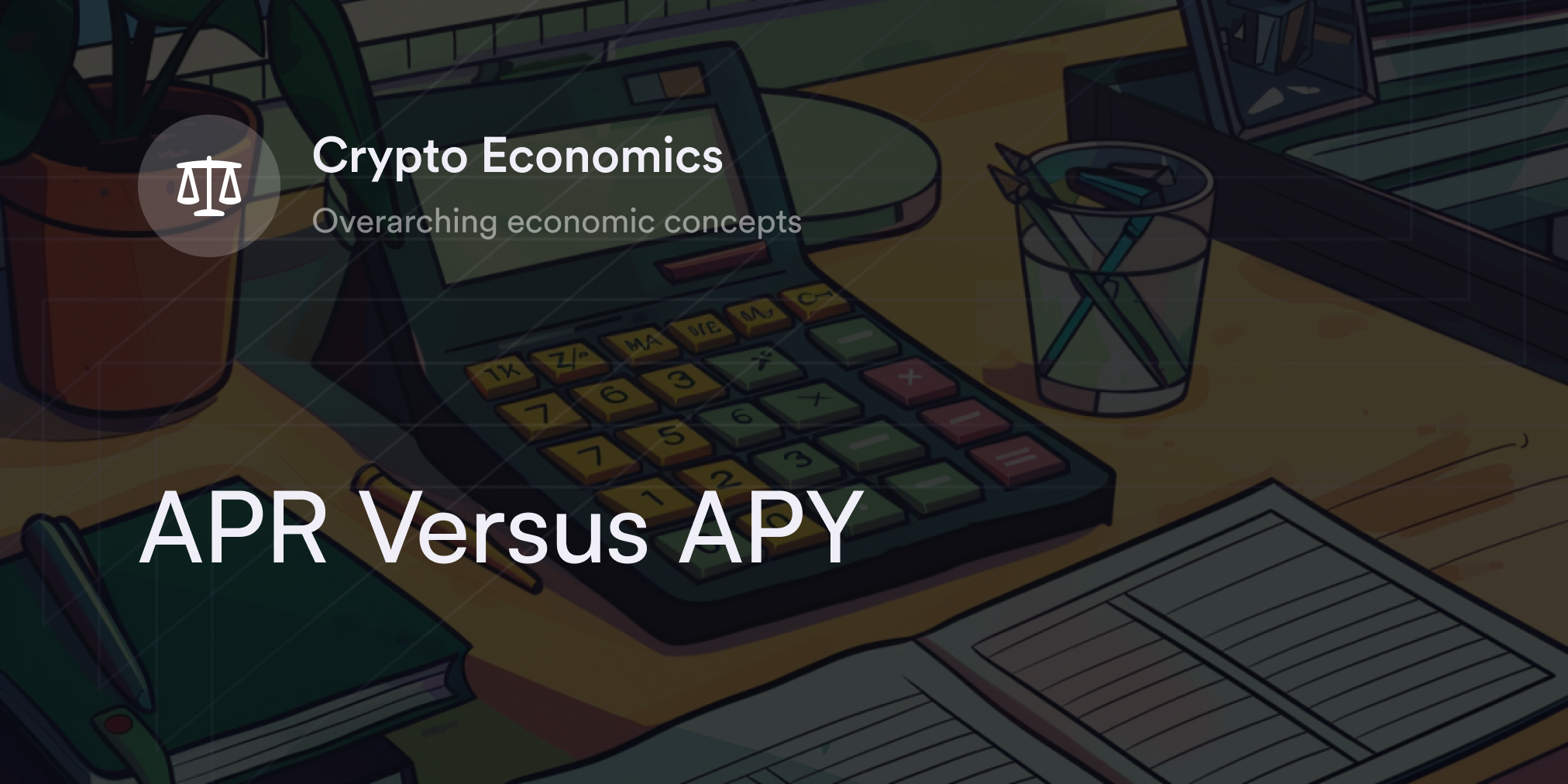
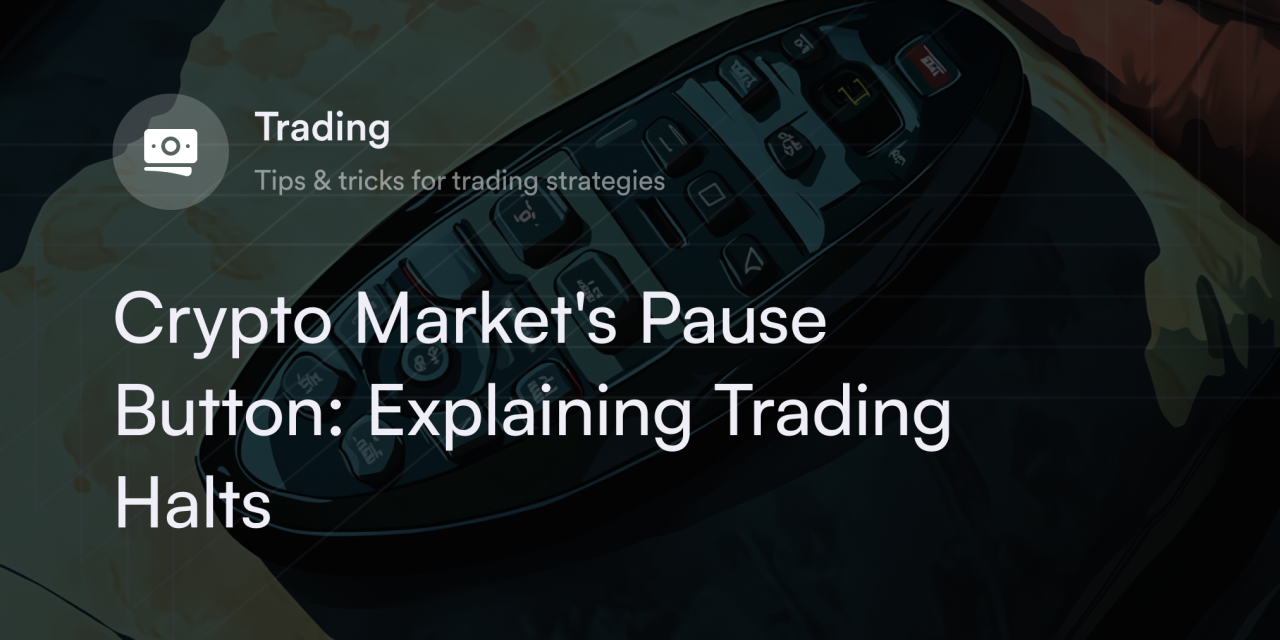

One of the unique features of swapping cryptocurrencies is there's no "off switch." Instead of following fixed schedules for weekly trading sessions, peer-to-peer (P2P) blockchains operate 24/7, allowing traders to exchange whenever they want.
Blockchains run with zero downtime, but that doesn't mean there aren't situations when traders feel friction. For example, when a crypto exchange enforces a trading halt, traders can’t buy or sell their preferred digital assets.
Although crypto trading halts are controversial, they’re a possibility when exchanging virtual currencies on exchanges. Let’s explore the fundamentals of trading halts and ways to avoid getting caught in one of these curbs.
The basics of trading halts
A trading halt is when an exchange or market stops processing buy and sell orders for a financial asset. Traders can still access their accounts during a trading halt but can't trade assets until the exchange lifts its temporary freeze on financial activity.
Trading halts are related to circuit breakers, which automatically close trading in the U.S. stock market if the S&P 500 index dips by pre-established percentages. The purpose of circuit breakers is to give market participants a moment to reevaluate their decisions, stem the tide of panic selling, and ensure the market has adequate liquidity to match buy and sell requests.
Although price volatility is a common cause for trading halts, exchanges enforce these pauses for many other reasons, including a mistaken order quantity, regulatory compliance issues, or security threats. Often, an exchange lists the reasons for using trading halts in its official "Terms & Conditions" paperwork, and traders agree to these rules when joining a platform.
How do trading halts work?
Trading halts happen on a specific exchange or across a broad market. For example, stock market trading halts happen in the U.S. if the S&P 500 drops 7%, 13%, or 20% compared with the prior day's close before 3:25 pm ET. If this index falls 7% or 13%, the trading for stocks is halted for 15 minutes before regular trading resumes. If the market declines 20% after these first two circuit breakers, trading for stocks is suspended for the rest of the trading session.
While the above rules apply to all trading platforms offering equities, each exchange can halt trading in exceptional circumstances or if an asset doesn't fit its terms and conditions. For example, an exchange may stop trading shares for a company due to supply concerns. Exchanges may also initiate a trading curb when investigating reports of a cybersecurity threat.
Since the cryptocurrency market is decentralized and runs 24/7, there are no market-wide trading halts or circuit breakers like when stock or bank trading is halted. However, centralized exchanges (CEXs) can issue a trading halt if they fear security, volatility, or liquidity concerns. Also, decentralized exchanges (DEXs) occasionally have protocols to implement trading halts in extreme scenarios, like market manipulation, regulatory issues, or hacks.
What are the main reasons behind a trading halt?
There are countless potential reasons exchanges or markets implement trading halts, but the official motivation is usually consumer protection. If regulators or brokers in charge of a trading platform believe an asset or environment is too unsafe for their clients, they may suspend trading activity to prevent traders from significant damages.
For example, if a crypto exchange discovers a suspected hacker is using their platform, its owners pause trading activity to alert authorities and catch the perpetrator before resuming standard operations. In other cases, crypto exchanges temporarily shut down due to routine maintenance, site upgrades, or if they need to patch a bug in their program.
There are cases when crypto exchanges suspend trading pairs due to liquidity shocks from price volatility, regulatory changes for crypto assets, or reports of market manipulation. In all these scenarios, exchanges claim to act in the best interest of their clients by preventing them from trading in an unprotected environment.
Pros and cons of crypto trading halts
Exchanges advertise trading halts as protective measures for crypto traders, but there are questions over the efficacy of this supposed safety feature. While trading halts have potential positives from a consumer protection perspective, they also limit each trader's freedom.
Benefits
Risk mitigation
Since trading halts suspend all activity on a crypto exchange, they act as damage control during extreme situations (e.g., volatile price swings, security breaches, or supply shocks). These temporary pauses also force traders to reevaluate their portfolios with a cool head before deciding whether to follow their emotions and either panic sell or jump into a fear of missing out (FOMO) trade.
Market stability
Halting trading activity during unusual or volatile market conditions creates a forced sense of market stability. Although these solutions are temporary and artificial, they sometimes mitigate market contagion by preventing emotion-driven price movements from getting out of hand.
Extra time to digest information
After an unexpected news event (aka a black swan) or during periods of uncertainty, trading halts give market participants more time to process incoming data and reassess their positions. In addition to avoiding knee-jerk reactions, this feature levels the playing field by providing all traders an equal opportunity to digest breaking news before making a decision.
Drawbacks
Lack of flexibility for traders
Exchanges assume market participants are safer with a trading halt in place, but some short-term crypto traders view these curbs as unfair restrictions. Under a trading halt, crypto traders aren't free to buy or sell assets as they see fit, and they sometimes miss opportunities to capitalize on dynamic price movements.
Unpredictable and lacks transparency
Many crypto exchanges have policies for trading halts, but crypto traders aren't a part of the official decision-making process and never know when a trading halt is around the corner. A trading halt’s threat creates an atmosphere of apprehension and confusion, eroding confidence in an exchange's reliability.
Artificially influences supply and demand
Trading halts put a stop-gap on the natural flow of market activity. Instead of letting the market's forces play out naturally, these measures artificially prolong supply and demand imbalances, making it more challenging to analyze authentic market dynamics.
Questionable effectiveness
Since trading halts are such an extreme measure, they often stir up more emotions in the crypto market. Although these tools are meant to prevent market panic, they often ramp up worry and lead to even greater price volatility.
Are there ways to avoid crypto trading halts?
One strategy to avoid a trading halt is to send cryptocurrencies off exchanges and into a private (aka self-custodial) crypto wallet. Unlike an exchange account, self-custodial crypto wallets give traders a private key, which lets each user take control over their digital asset portfolio. While this feature puts more responsibility in a trader's hands, it also ensures zero counterparty risk. Crypto traders with self-custodial wallets don't need to worry about an exchange temporarily pausing their transactions because third parties don't have authority over these private keys.
Learn more crypto trading basics on dYdX Academy
For more knowledge on the basics of swapping cryptocurrencies, check out dYdX Academy for more beginner-friendly guides. In addition to articles on crypto trading, our education hub has high-quality information on hi-tech advancements in the blockchain sector.
Also, our Cosmos-based dYdX Chain now offers a secure decentralized trading platform to eligible traders interested in perpetual swaps. Find out more about using dYdX Chain to access crypto derivatives on the official dYdX blog, and start trading on dYdX today.
Disclosures
The content of this article (the “Article”) is provided for general informational purposes only. Reference to any specific strategy, technique, product, service, or entity does not constitute an endorsement or recommendation by dYdX Trading Inc., or any affiliate, agent, or representative thereof (“dYdX”). Use of strategies, techniques, products or services referenced in this Article may involve material risks, including the risk of financial losses arising from the volatility, operational loss, or nonconsensual liquidation of digital assets. The content of this Article does not constitute, and should not be considered, construed, or relied upon as, financial advice, legal advice, tax advice, investment advice, or advice of any other nature; and the content of this Article is not an offer, solicitation or call to action to make any investment, or purchase any crypto asset, of any kind. dYdX makes no representation, assurance or guarantee as to the accuracy, completeness, timeliness, suitability, or validity of any information in this Article or any third-party website that may be linked to it. You are solely responsible for conducting independent research, performing due diligence, and/or seeking advice from a professional advisor prior to taking any financial, tax, legal, or investment action.
You may only use the dYdX Services in compliance with the dYdX Terms of Use available here, including the geographic restrictions therein.
Any applicable sponsorship in connection with this Article will be disclosed, and any reference to a sponsor in this Article is for disclosure purposes, or informational in nature, and in any event is not a call to action to make an investment, acquire a service or product, or purchase crypto assets. This Article does not offer the purchase or sale of any financial instruments or related services.
By accessing this Article and taking any action in connection with the information contained in this Article, you agree that dYdX is not responsible, directly or indirectly, for any errors, omissions, or delays related to this Article, or any damage, injury, or loss incurred in connection with use of or reliance on the content of this Article, including any specific strategy, technique, product, service, or entity that may be referenced in the Article.

